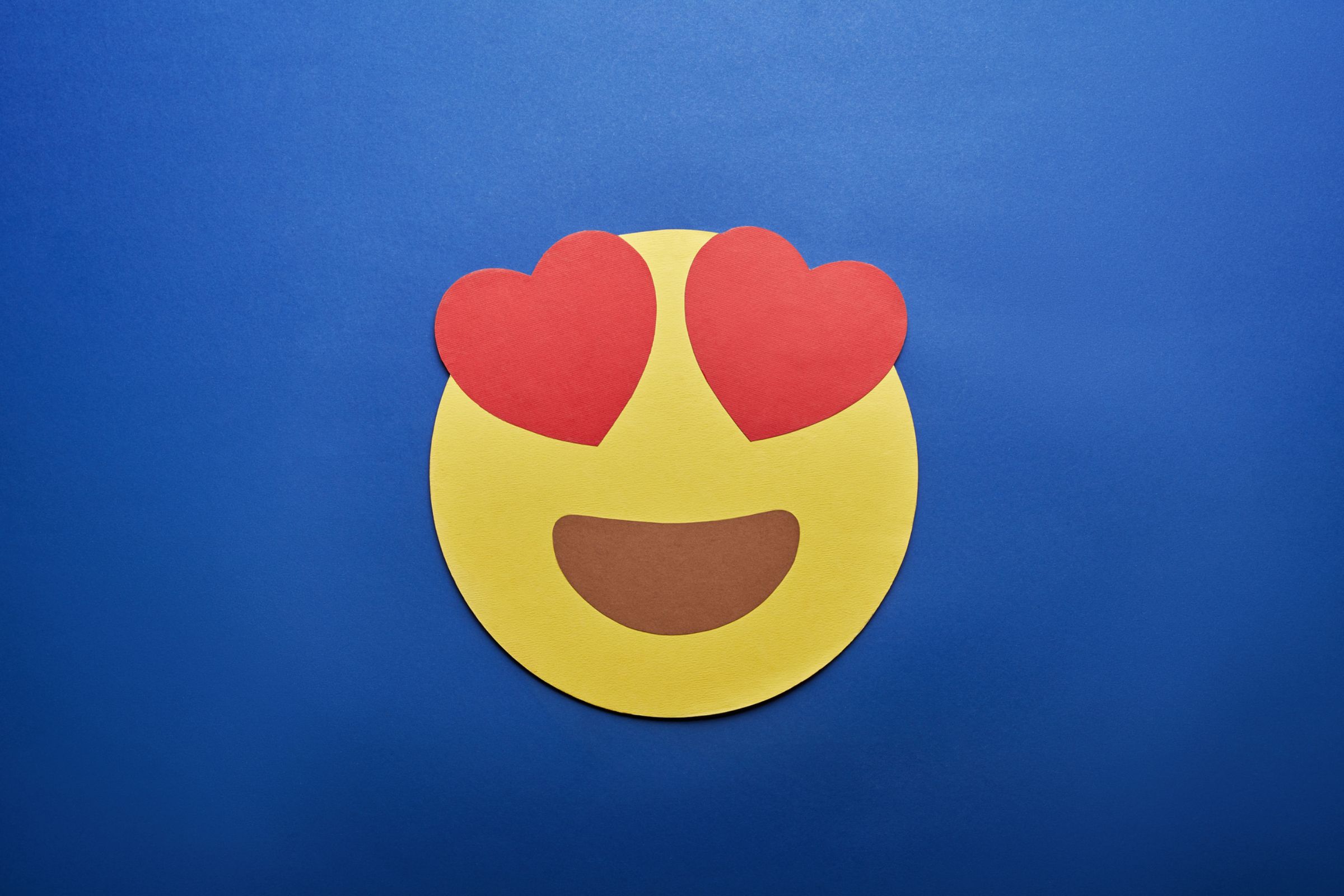- Appreciation
- Appreciation
World Emoji Day
by Note with Love Team - Jul 17, 2025
Introduction
Every July 17th, the internet lights up with colorful icons, playful tweets, and emoji-filled messages. Why? Because it's World Emoji Day—a global celebration of the tiny symbols that have transformed how we communicate. It is also the National Emoji Day in the US. In a world increasingly dominated by screens and digital conversations, emojis have become an integral part of our daily communication, whether it’s a 😂,❤️, or 🔥. July 17 is more than just a fun excuse to post your favorite symbols—it’s a day that highlights how emojis have become a universal language that goes beyond borders, cultures, and even grammar. Let's get into details of this day.
Key Takeaways
- World Emoji Day and National Emoji Day in the US both are observed on July 17th every year.
- Emojis adds emotional cues to our texts and emails, making the conversation easier to understand.
- Emoji Day is a holiday to celebrate emojis and their impact on how we communicate with each other digitally.
- World Emoji Day was started by Jeremy Burge in 2014.
- The calendar emoji on Apple devices display the date July 17, thus this was chosen for the celebration.
- To enjoy World Emoji Day, share what your go to emoji is online or host an emoji themed party or learn about their evolution. The choice is yours.
What Is World Emoji Day?
World Emoji Day or National Emoji Day is an unofficial holiday that celebrates emojis—the small digital images or icons and how they have impacted how we communicate digitally.
Emojis do more than just make your messages look cute. In face-to-face communication, we rely heavily on tone of voice, facial expressions, and body language. But when texting or emailing, these cues disappear. Emojis bring some of that emotional nuance back.
Emojis serve as a global language. Someone in Japan, Brazil, or Germany might not speak the same tongue, but they all know what a 😂 or 😢 means. This universality makes emojis a powerful tool for digital expression and cross-cultural communication. And that surely earns them a special day in the calendar.
Short answer: World Emoji Day celebrates emojis and how they have changed our way of communication globally.
Brief History
Shigetaka Kurita has been credited as the father of emojis for a long time, although he denied it. Kurita wanted to add emotion to digital messages. So, he designed a set of 176 emojis in 1999 for a mobile internet platform by NTT DoCoMo. However, earliest set of emojis found to this date was created in the early 90s by Sharp Corporation and Nippon Electric Company.
Fast forward to today, and we have over 3,600 emojis standardized by Unicode. The Unicode Consortium now updates the emoji library annually, adding symbols that reflect changing social values, new technologies, and global events. Now let's talk about why July 17th became World Emoji Day and who was behind it?
World Emoji Day was created by Jeremy Burge, the founder of Emojipedia, in 2014. Emojipedia is a go-to online resource for explaining the meanings and origins of emojis.
The choice of July 17 was no coincidence. When you open the calendar emoji 📅 on Apple and iOS devices, it displays the date July 17. This date was originally used to commemorate the launch of Apple’s iCal (now Calendar) app on July 17, 2002. Burge saw it as a perfect and clever nod to emojis themselves and selected it as World Emoji Day as well as National Emoji Day.
Since its inception, the day has grown into a global celebration and inspired tech companies like Apple, Google, and Facebook to reveal upcoming emoji updates or releases on this day each year.
When Is World Emoji Day?
World Emoji Day is celebrated on July 17 every year. World Emoji Day is also on the same date. Future dates of this holiday is given below.
World Emoji Day Future Dates
Year | Day | Date |
|---|---|---|
2025 | Thursday | July 17 |
2026 | Friday | July 17 |
2027 | Saturday | July 17 |
2028 | Monday | July 17 |
2029 | Tuesday | July 17 |
2030 | Wednesday | July 17 |
How To Celebrate World Emoji Day?
There are countless fun and creative ways to celebrate World Emoji Day, both online and offline. Whether you're a casual emoji user or a hardcore emoji enthusiast, here are some ideas to join the festivities.
1. Share Your Favorite Emojis
Take to social media and post your top-used or favorite emojis on this World Emoji Day 2025. It could be the ones that describe your current mood, your personality, or even your day. Add the hashtag #WorldEmojiDay to join the global conversation.
You can also type a whole status or post using only emojis and find out how many of your friends can understand it!
2. Emoji Challenges
Many platforms and influencers host emoji-themed challenges. Try guessing movie titles from emoji strings (🎥🔥🐉 = “How to Train Your Dragon”), or a song title and see if your friends can decode it.
3. Emoji-Themed Parties or Outfits
Some people take it offline by dressing up as their favorite emoji or hosting emoji-themed parties. Think yellow decor, emoji masks, and themed snacks like smiley face cookies or poop emoji cupcakes.
4. Create Emoji Art
Try your hand at digital or hand-drawn emoji art. Use emojis to tell a story, recreate a famous painting, or illustrate your favorite song lyrics. There are also emoji mosaic tools online that help you make pictures out of emojis.
5. Learn Emoji History
Take a few minutes to learn about the origins of emojis. Learn how they became successor of emoticons and how they have evolved since the early 1990s. From simple icons, emojis have come a long way into thousands of expressive symbols used worldwide. Today, there are emojis for different skin tones, gender identities, disabilities, professions, and cultural icons. Celebrate and embrace it on this World Emoji Day 2025.
Conclusion
World Emoji Day 2025 is more than just a quirky celebration—it’s a reminder of how language is evolving in the digital age. Emojis have become a vital part of human connection in a world that communicates more through screens than in person. So whether you're tweeting 🐱 or texting 💯, take a moment on July 17th to appreciate the tiny icons that speak louder than words.
Frequently Asked Questions
1. What emoji is 🫶?
This emoji, called heart hands, represents a heart made by two hands. It is used to express love or affection. When you want to show your appreciation for a friend, family or love interest, this emoji is perfect. It can also be used to express gratitude.
2. What does ❤ 🩹 mean from a girl?
A heart and band aid emoji although mean something different when sent together. It generally shows a healing heart. So when a girl sends ❤ 🩹, it probably means she had heartbreak, or she is mending her broken heart.
Trending in Notes
If I had a dollar for every time you’ve made my life better, I’d be the richest person in the world. Here’s to you, my love—happy birthday!
I may have taken you for granted at times, and things may have been tense or uncomfortable recently. But I do want you to know how much I value you and how happy I am to have you in my life. This Thanksgiving I am thankful that I have you.
You May Also Like











